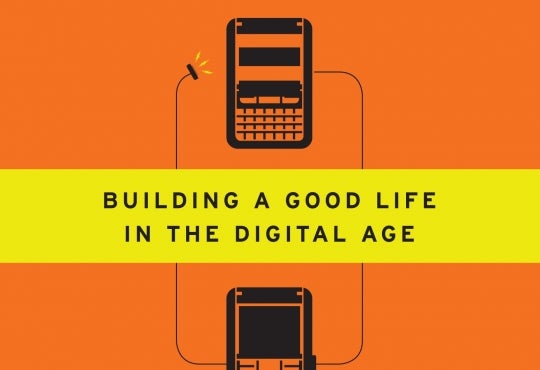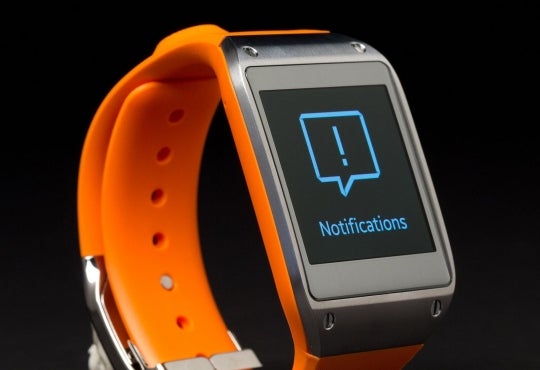Technology has come a long way since the invention of the computer. Laptops have widely been regarded as the most mobile way of using a computer, as they are easy to transport from place to place. When the iPad was released, however, people started to question whether to buy a laptop or a tablet. Both the laptop and tablet have their own unique features that separates them from the other.
The main benefit the laptop brings over the tablet is its powerful processing hardware that allows for a wider range of uses. Advantages here can include faster performance of software to better multitasking. A laptop will have no problem handling common tablet tasks and go further from simple data entry to complex tasks like photo and video editing. Furthermore, serious PC gaming is worlds away from simple apps such as Angry Birds and Cut the Rope. PC games rely on faster processors and better graphics processing to produce complicated rendered environments at resolutions and frame rates tablets can’t come close to. Moreover, the keyboard and mouse provide accuracy and agility that tablets cannot. The tablet’s touch screen keyboard is suited for shorter bursts of texts, such as when using Twitter. Lastly, disk space is significantly larger on laptops. Tablets offer 16 to 128GB of storage, while the average laptop offers 500GB or more! The slimmest laptops featuring smaller solid-state drives (SSDs), such as the MacBoook Air 11-inch, typically provide at least 128GB. In conclusion, laptops offer similar features to a desktop computer, while providing the mobility students need.
On the other hand, tablets also have their benefits. Tablets tend to be more affordable than laptops, with the exception of Windows tablets. The prices of tablets can range anywhere from $200-500 whereas a laptop can range from $500 to over $1000! Even with the lower price and capability, a tablet can still offer easy navigation through finger. Its size and lighter weight provide considerably greater mobility. Tablets are also designed to be used in motion, such as on a bus ride home, whereas laptops are generally recommended to be used while stationary. Due to its processor, the tablet’s battery life is excellent and can last for a few hours longer than a laptop when used with proper care. However, the mobility and sustainability is not all the tablet has to offer. Tablets are able to use apps which are generally less expensive compared to software and have a larger selection of completely free apps!
If you can’t decide between the tablet and the laptop, don’t be worried. The advancement of technology has brought us a hybrid of laptops and tablets called “convertible laptops”! They have keyboards and a touch pad just like a laptop but also offer the very much wanted mobility of a tablet. Some hybrids such as the Microsoft Surface Pro 3, are designed more like tablets with a keyboard/touchpad add-on. Others such as the Acer Switch 10 are designed more like a laptop with the ability to take off the screen to use as a tablet. The prices for these hybrids can vary from as cheap as $300 or as expensive as $1500. They offer a great balance between a laptop and a tablet depending on your needs.
In a nutshell, laptops and tablets each have their own reasons why they’re great to have and it is up to the individual to buy the one that fits their lifestyle and needs better. A faster and more mobile lifestyle would most likely demand the tablet for on-the-go use while a more computer intensive lifestyle would demand the faster processor and larger disk space of a laptop.
References
[i] [Laptops and Tablets]. (n.d.). Retrieved from https://centralinsurance1876.files.wordpress.com/2014/10/istock_000017618789large.jpg










